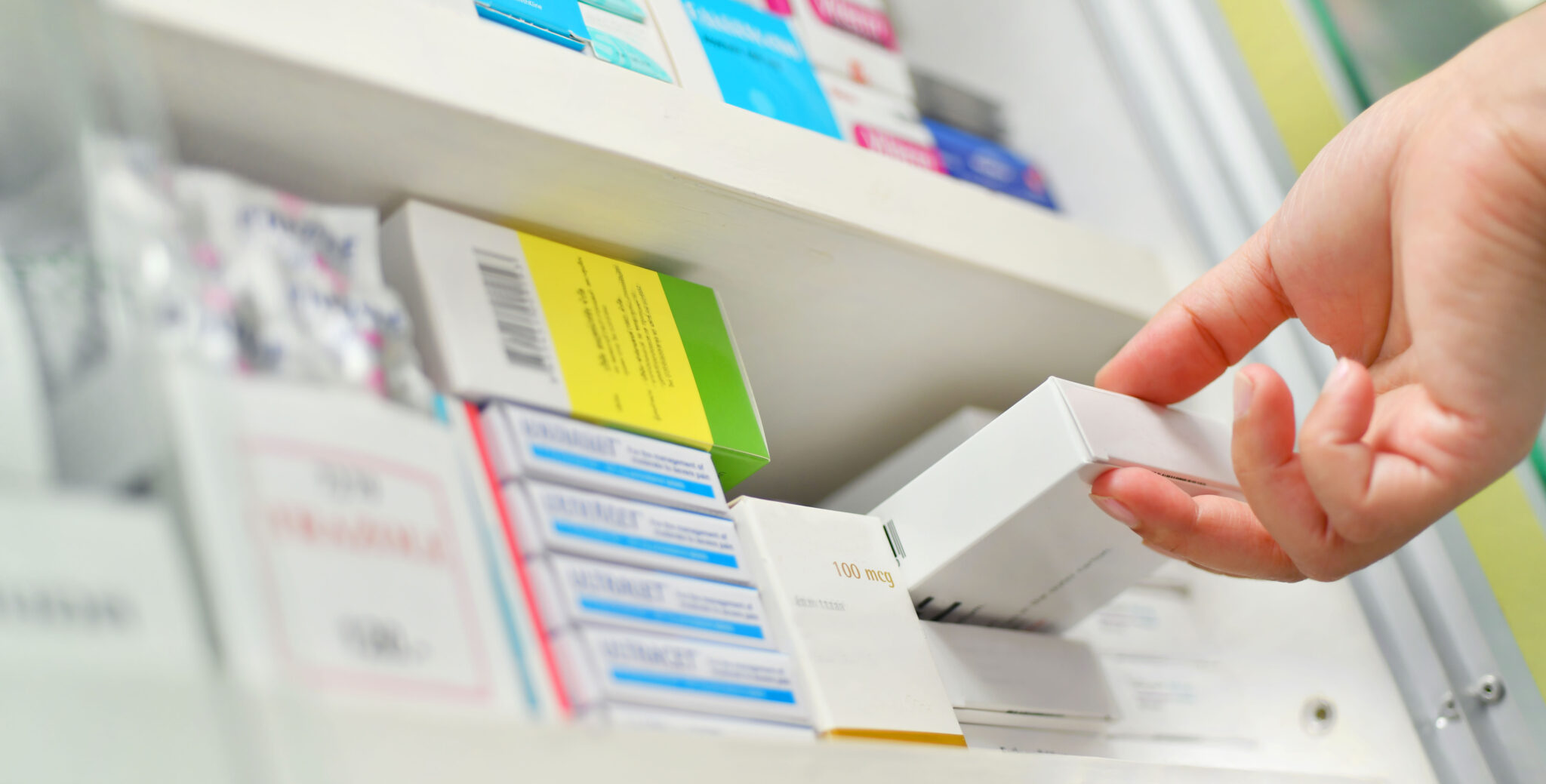Part II: Reducing Medication Errors Through Packaging Design For Better Patient Compliance/Adherence
When it comes to reducing medication errors, two forces at play are patient safety (READ PART 1 Reducing Medication Errors Through Packaging Design for Better Patient Safety) and patient compliance with the intended administration of the drug. As industry professionals, we focus on compliance, too – of the regulatory kind. Our goals of regulatory approval and the route to market require it. For every market, the governing body directs the steps to achieve approval.
“Patient compliance/adherence” is another story, dependent on many factors at the “individual” level. Statistically, most research concludes that only partial therapeutic benefits are achieved for 50% of patients given a prescription medication. Poor outcomes occur due to patients not taking the medicine at all, taking it incorrectly or not finishing the prescription. For patients on long-term medication for chronic conditions, the numbers are just as bleak, with reports, for example, of up to 50% of diabetic patients failing to follow their medication schedules.
I wondered if this challenge also revealed a possible solution: to help the end user (clinical or consumer) take charge of what they can do to improve compliance and better adhere to their regimens—thus reducing errors.
An FDA article on the subject supports my point: Consumers play an important role [in helping avoid errors]. One of its points suggested:
Find out how to take the drug and make sure you understand the directions. Ask if the medicine needs to be kept in the refrigerator.
I don’t imagine many consumers are scouring the FDA website looking for support on how to administer their medicines, but we can brainstorm packaging design features to help. We may end up helping our customers save money at the same time. The World Health Organization (WHO) estimates the fiscal impact on the global economy due to patient harm to be a reduction in global economic growth by 0.7% annually. That figure includes multiple factors, but with 50% of all harm stated as preventable, WHO then says that half of all preventable patient harm is attributed to medications. They go on to calculate that this results in “trillions of U.S. dollars” lost every year when calculating indirect costs of patient harm. Knowing that improving patient adherence could contribute to a significant reduction of economic loss worldwide is further evidence to make it worth examining at the packaging and labeling stages of production.
1. FDA Packaging and Labeling Robert Califf, Commissioner, FDA, made a statement in May 2023 that patient nonadherence contributes to about one-quarter of hospital admissions, and half of treatment failures. These were only part of the FDA’s findings during informal and ongoing reporting and reviews.
The FDA then announced it was revisiting the issue of patient adherence through packaging and labeling content requirements. The agency admitted that current formats can be “cumbersome and confusing and lead patients to stop taking” medications or deviating from the intended regimen. A new proposed guide (“Patient Medication Information”) would become the standard for outpatient prescription medications, blood, and blood components, offering a single sheet to help patients comply. The proposed rule is slated to close for public comment at the end of this month (November 2023).
2. Creative Packaging Design works to produce “Easy to Use” packaging in practice that also maximizes the therapeutic benefits for patients, healthcare workers, and manufacturers. What features can be integrated into packaging that will encourage adherence and increase understanding while balanced with cost and manufacturing time?
What can be envisioned, say, for a multi-dose drug that must be carried with the patient throughout the day? How can we meet the need to keep clear instructions at the patient’s fingertips amid the demands and distractions of the day that don’t derail the regimen or inflate the cost of producing the packaged drug?
What about packaging for patients with chronic conditions? How can the design offer an effective refill reminder to help prevent risks of running out?
Whether you are a packaging partner, a drug maker, a doctor, a manufacturing lead, or a regulator, we can all become the patient at any moment. The quest is how to put our creative efforts in motion with solutions that produce easy, effective packaging design that consistently performs, reducing medication errors, rallying patient adherence, and doing so in a cost-effective campaign for what lies ahead.


